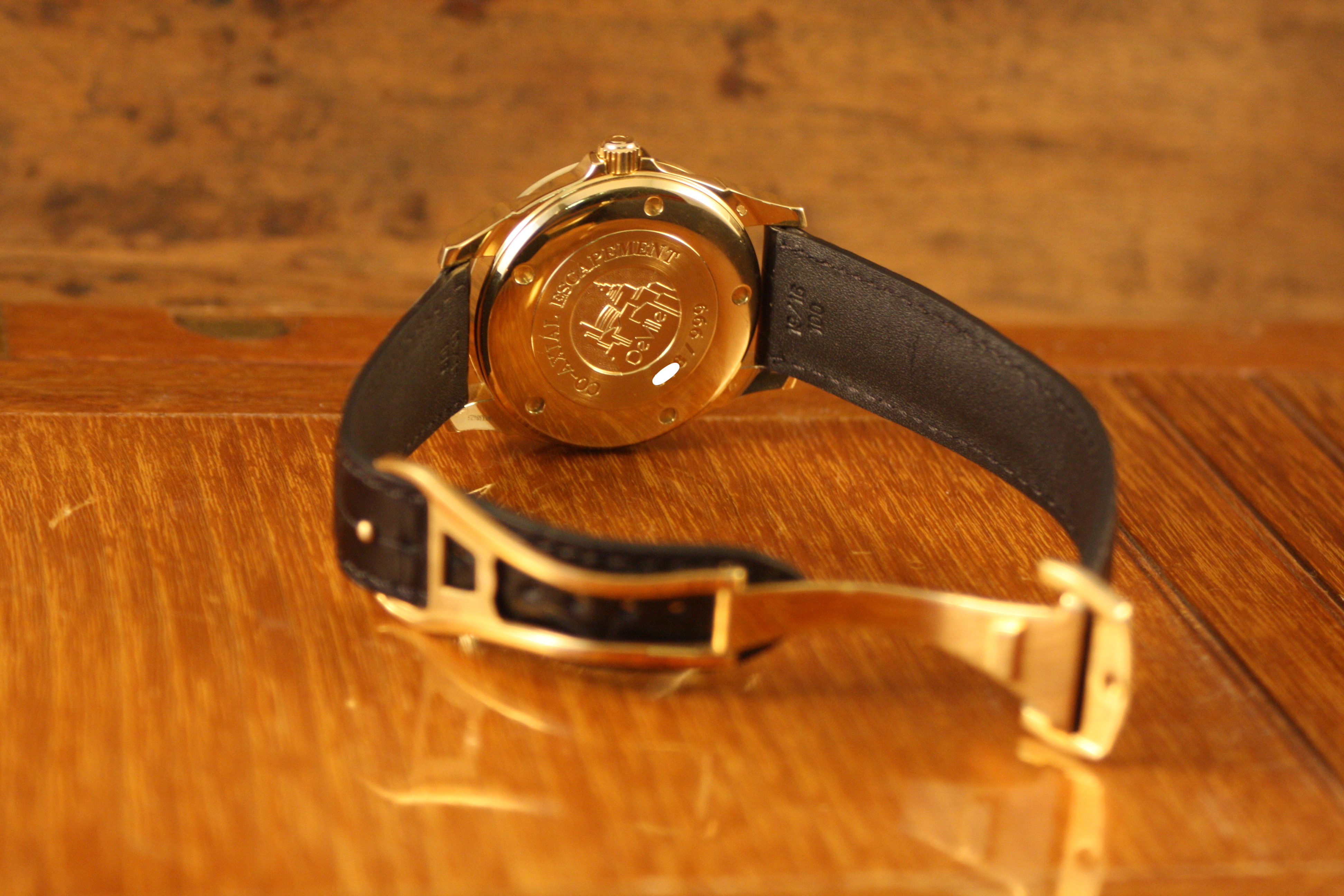


Why am I going into such detail about these technical features in what’s meant to be an experiential review? Well, it’s because a lot of the pleasure of wearing the Globemaster (at least in steel) is really an intellectual pleasure. According to CEO Stephen Urquhart, whom I spoke to at the Aqua Terra 15K Gauss launch, the plan is to eventually use this technology in all Omega watches (with the exception of certain models like the Speedmaster Moonwatch, which would have to be recertified by NASA if the movement were changed.) Omega manages it by using its co-axial caliber 8900/8901 (the last digit reflects the metal 8901 is used in the gold-cased model.) The caliber 8900 uses a silicon balance spring –silicon is amagnetic, one of its most attractive attributes from a horological perspective –and also uses amagnetic alloys for other critical components such as the lever, escape wheel, balance, and balance screws this is technology that Omega first introduced in its Aqua Terra 15,000 Gauss wristwatch back in 2013. Omega points out that METAS certification is not an Omega-only game, anybody who wants to can play –however, the ability to resist a magnetic field of 15,000 gauss is a requirement and that will shut the door for pretty much any other company’s timepieces. Now, obviously it would be highly inadvisable to actually wear the watch inside an MRI machine –especially this steel model, at least, if you like having your wrist attached to your arm –but if you’re like us here at Hodinkee, you’re excited to know that even if you were silly enough to do so, your watch would still be running just fine even after a violent traumatic amputation.

For comparison, a refrigerator magnet is about 50 gauss and MRI machines can generate fields of even greater strength –up to 70,000 gauss. The cased-up watch is also tested for water resistance –and, perhaps most significantly, both the movement and the cased-up watch must continue to function within chronometer specifications during and after exposure to a magnetic field with a strength of 15,000 gauss.
Cronometer reviews full#
This is the first watch from Omega –and indeed from anyone –to be certified as a chronometer by the Swiss Federal Institute of Metrology (METAS.) METAS certification is both different from, and more demanding, than chronometric certification from the COSC (the watch is, however, COSC-certified as well.) The watch is controlled for rate in six positions and at two temperatures it is also controlled for isochronism at both full wind, and at 2/3 of its power reserve. This, however, is a significant watch for Omega and for horology in general for other reasons than just its design shout-outs to an illustrious past.


 0 kommentar(er)
0 kommentar(er)
